A wise man once said “Because of our traditions we have kept our balance for many, many years…Because of our traditions, everyone knows who he is and what God expects him to do” (Reb Tevye). Traditions are not only passed down through word of mouth or written text, but can also be seen physically in the archaeological record. As an historical geographer and archaeologist, I have always been drawn to the halachot that I can SEE passed down through the generations.
While we know that hilchot taharat hamishpacha were kept during the First Beit HaMikdash period, there are few, if any, mikvaot that have been discovered from that period. However, in some areas, such as Mt. Zion, there is evidence of a side entrance in the city walls, in the direction of a fresh body of water, that would likely have been used as a mikveh.
For the most part, the practice of building a mikveh was not really widespread until the Second Beit HaMikdash period. As mikvaot became more widespread, public mikvaot were constructed. While there are many other large and prominent ones throughout the country, a large group that must be mentioned are those in Qumran. Due to the strict observance of tumah and tahara by the residents of Qumran, some of the largest mikvaot in the region have been uncovered. 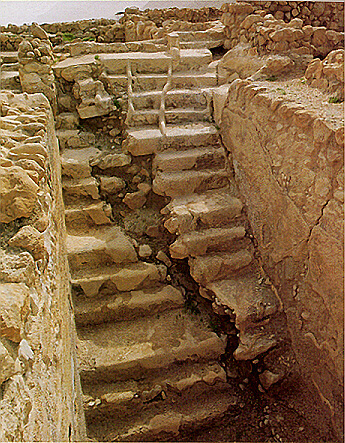 The public mikvaot were for men and were still constructed with tzniut and tahara in mind. They were built with a mechitzah in the middle of the stairs, so that two orderly lines of men, those who were tameh on one side, and those who were tahor on the other, could use the space. The practice of a communal mikveh for women, connected to a synagogue, would come later.
The public mikvaot were for men and were still constructed with tzniut and tahara in mind. They were built with a mechitzah in the middle of the stairs, so that two orderly lines of men, those who were tameh on one side, and those who were tahor on the other, could use the space. The practice of a communal mikveh for women, connected to a synagogue, would come later.
Some of the best examples of private mikvaot that were used by women, and possibly men also, were found on Masada. By the end of the Great Revolt, mikveh practices were so important to the Jewish people, that even when on the run, it was important to construct usable mikvaot. On site there are about 20 mikvaot, 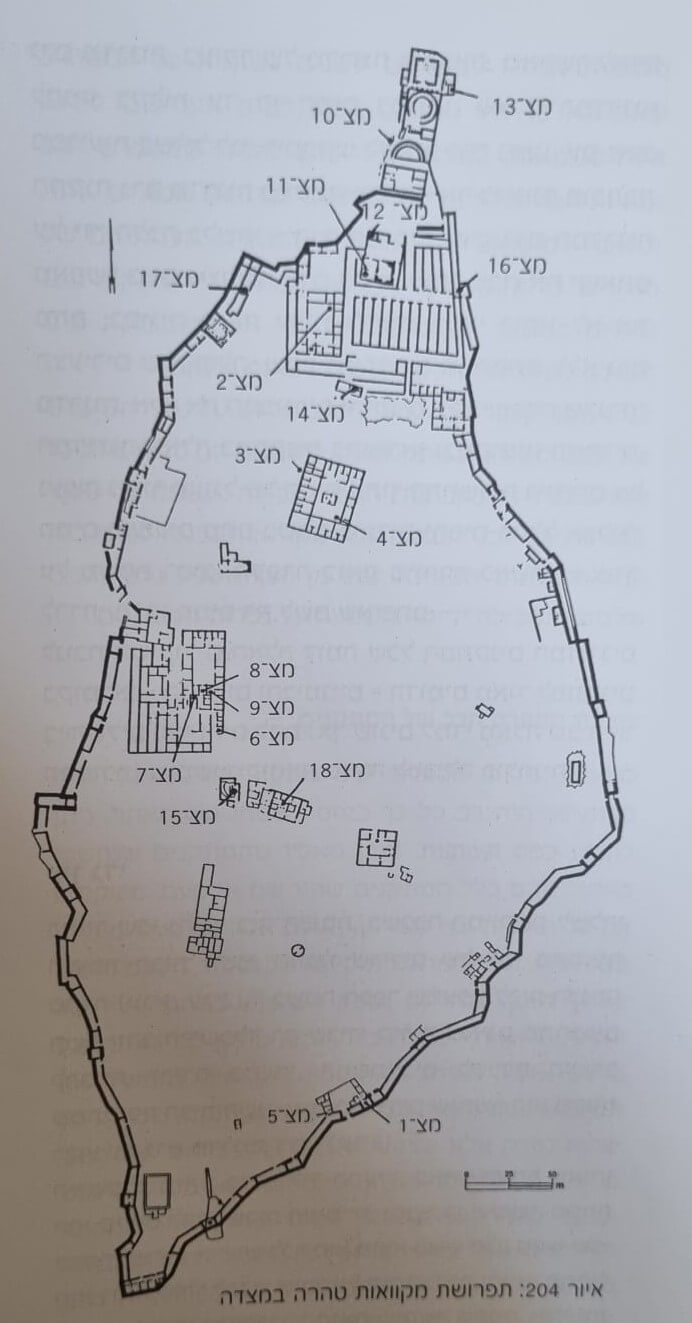 and while only a few were hastily built by the Zealots, the distribution, near the Beit Knesset and in remote areas of the site, shows that there were both communal mikvaot for men and private mikvaot for women. Some of the remote mikvaot were constructed with a small changing or prep room before the mikveh itself, it looks like some things never change!
and while only a few were hastily built by the Zealots, the distribution, near the Beit Knesset and in remote areas of the site, shows that there were both communal mikvaot for men and private mikvaot for women. Some of the remote mikvaot were constructed with a small changing or prep room before the mikveh itself, it looks like some things never change!
During the times of the Mishna and the Talmud, the number of mikvaot in Israel diminished, due to the decrease in population and the new restrictions on where Jews could settle. Therefore, the Galilee, Carmiel region, and northern Shomron are densely packed with mikvaot. During this time there was a rise in prevalence of private mikvaot, in particular in Tzipori, where some homes seem to have two mikvaot. 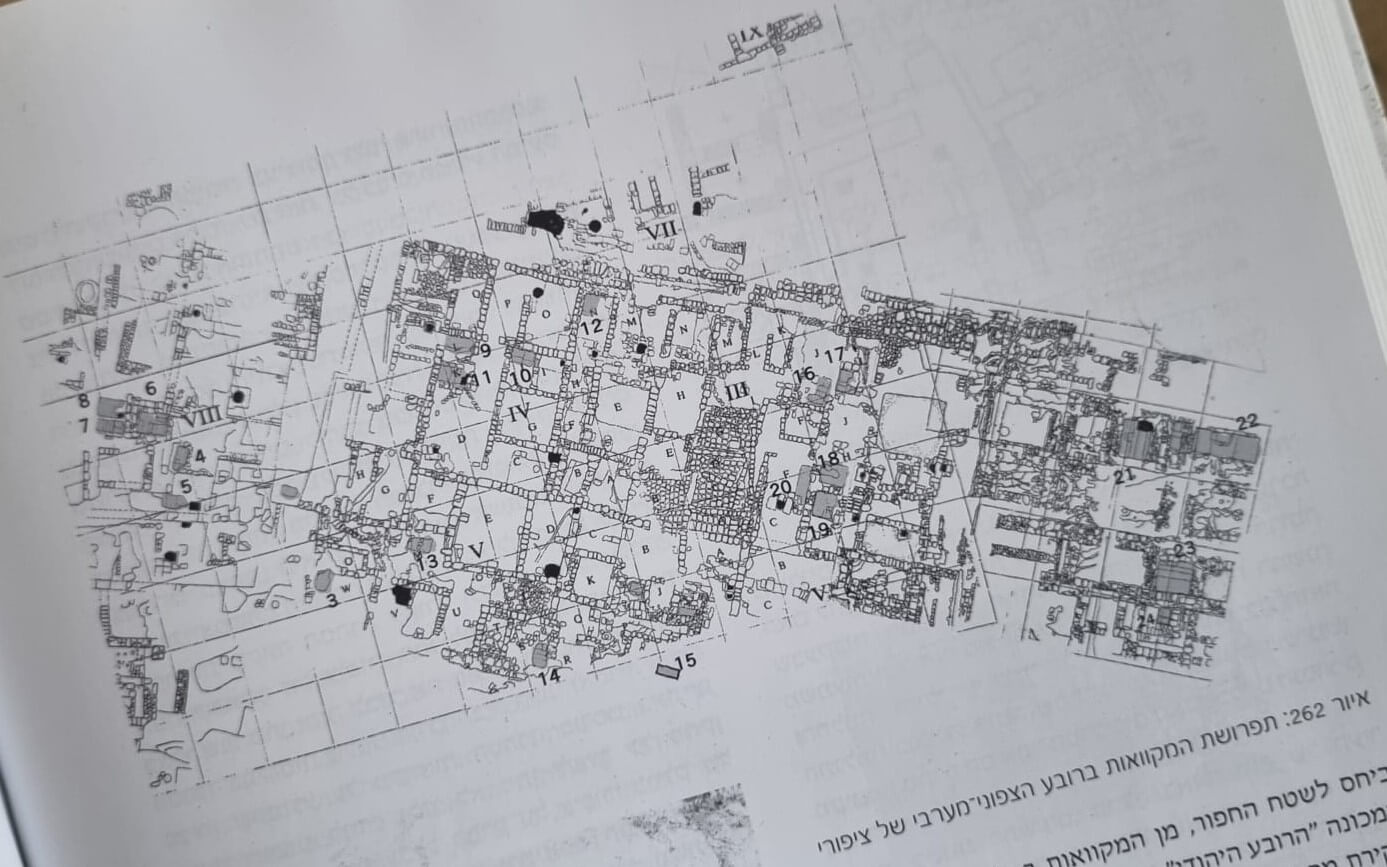 Despite the fact that during this period Judaism was changing, the laws surrounding tumah and tahara were kept more stringently; and took on so much importance, that the Talmud suggests that Jewish communities with limited resources should first tend to constructing a mikveh and then a Beit Knesset. Unfortunately however, due to the many conflicts over the years in the Mesopotamian region, the archaeological data in connection to mikvaot is sparse.
Despite the fact that during this period Judaism was changing, the laws surrounding tumah and tahara were kept more stringently; and took on so much importance, that the Talmud suggests that Jewish communities with limited resources should first tend to constructing a mikveh and then a Beit Knesset. Unfortunately however, due to the many conflicts over the years in the Mesopotamian region, the archaeological data in connection to mikvaot is sparse.
By the Middle Ages the adherence to the suggestion of the Talmud that it was the responsibility of the community, and not the individual, to ensure that a communal private women’s mikveh be built, became widespread. During the Second Beit HaMikdash women’s mikvaot were either private and rainwater filled within their own properties, or women went to the river. However, by the Middle Ages at least one synagogue in each Jewish community was built with an underground communal mikveh filled with groundwater. The mikveh in Friedberg, Germany is an outstanding example of the style of architecture of the time. 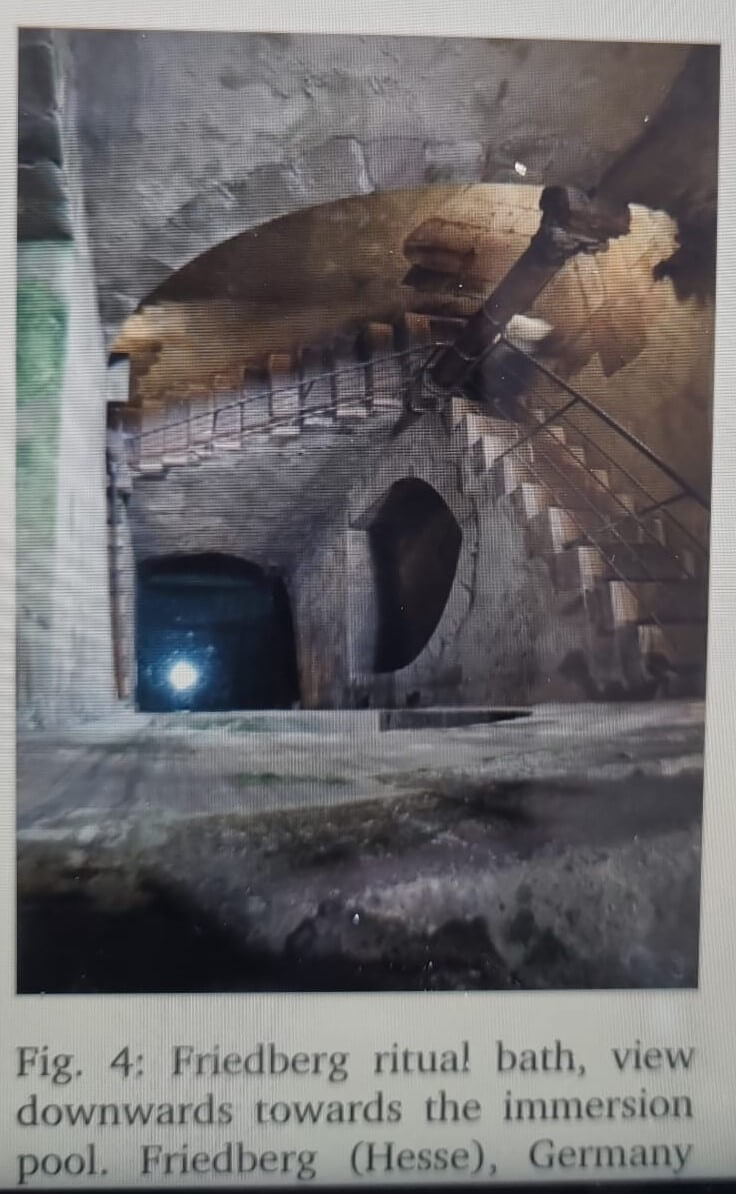
The comparison of the above ground, rainwater filled mikvaot of the Second Beit HaMikdash period, with the below ground chamber of the Middle Ages, highlights the changes in the attitudes of the Jews and the gentiles around them towards mikveh. In both the Persian and Roman cultures, bathing, both communally and privately, was considered a necessary hygienic standard that only peasants were not able to take part in. However, with the rise of Christianity, harsh modesty standards began being enforced all over Europe and it was no longer possible for any form of bathing to be out in the open, let alone public.
For the most part, since the Middle Ages there haven’t been many changes in the architecture, location or practice in connection to mikveh, until the modern day. Mikvaot are still attached to synagogues, indoors, and usually filled with groundwater. Nevertheless, after the enlightenment, when more tolerance began to spread around the world, mikvaot were once again able to be built above ground. Starting sometime in the late Renaissance, mikvaot began being built in separate buildings and not beneath the synagogue, such as the one discovered within the synagogue complex of Amsterdam. 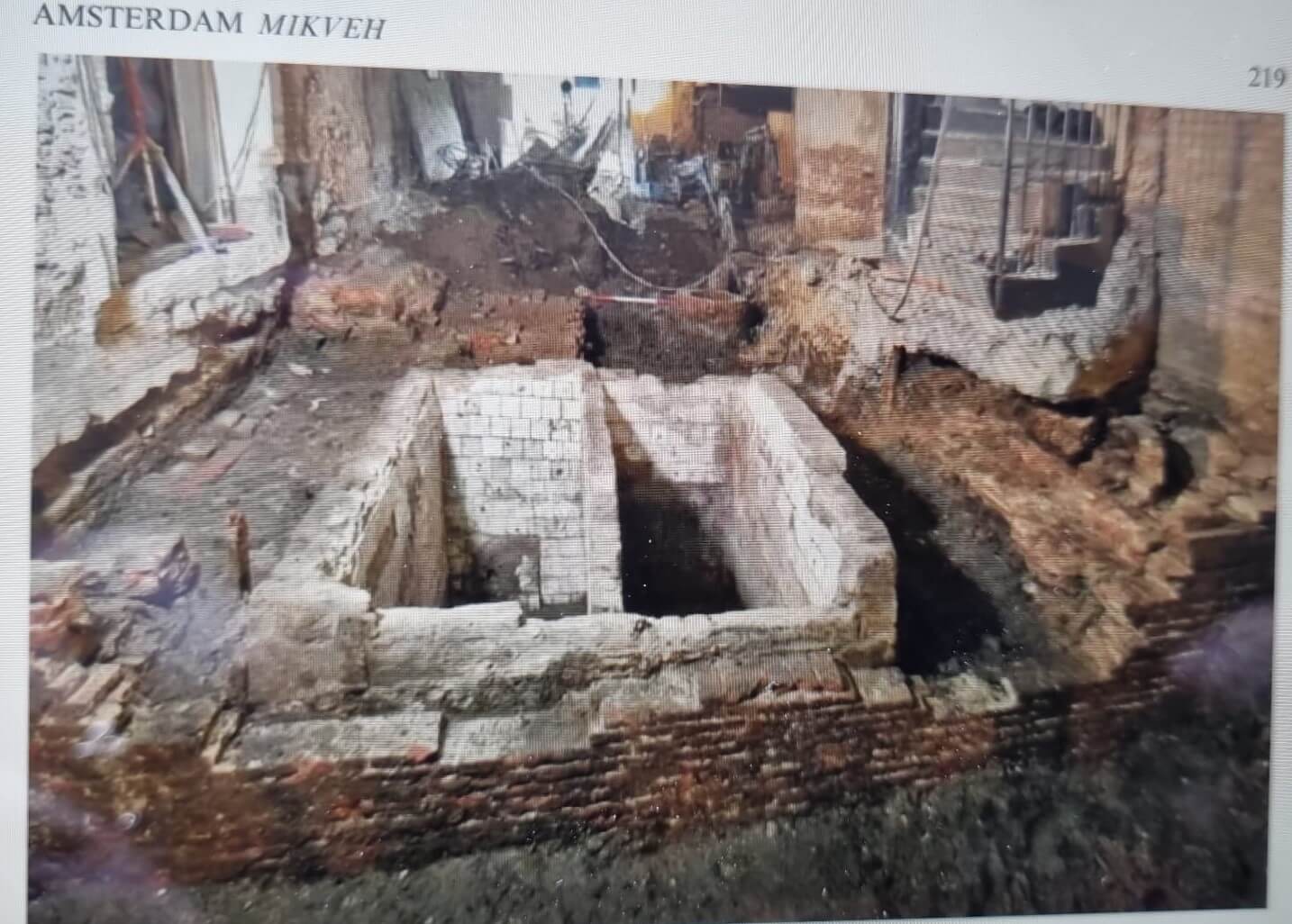
By looking at the different mikvaot throughout time, I am uplifted. The buildings might have changed, they might be harder to spot, but the tradition is still very much alive. Every month when I go to the mikveh, I think of the brave women before me. As I walk down the street without even a glance from passers-by, I thank Hashem that I do not have to worry about being religiously persecuted on my way to the mikveh. As I take the few steps from the entrance to the prep room and then into the water, I am grateful that I don’t need to go down into the subterranean depths, to the cold groundwater. Finally, on my way home, the fact that I am walking in an area that was considered dangerous thousands of years ago, and women would have had to leave the protection of their city to walk home, is not lost on me. The mitzvah of mikveh connects me to my ancestors and motivates me to keep the tradition alive.
Eliora Ben Shmuel is from Teaneck, NJ, and now lives in Jerusalem with her husband Natan. She recently had the pleasure of learning with Dr.Judith Fogel and Dr.Naomi Marmon Grumet in the kallah teacher course. She enjoys mixing her two passions, archaeology with hilchot taharat hamishpacha/niddah to bring the past to life.







Leave A Comment